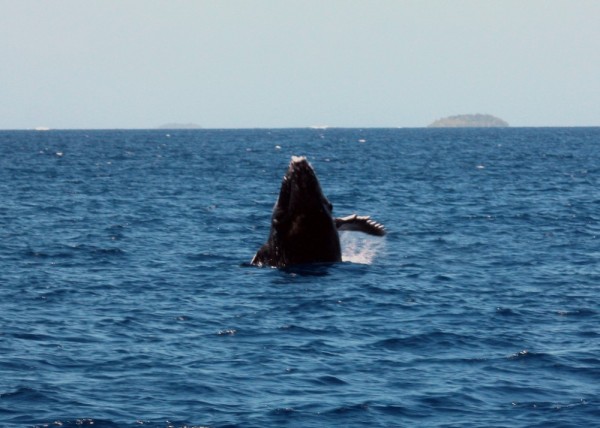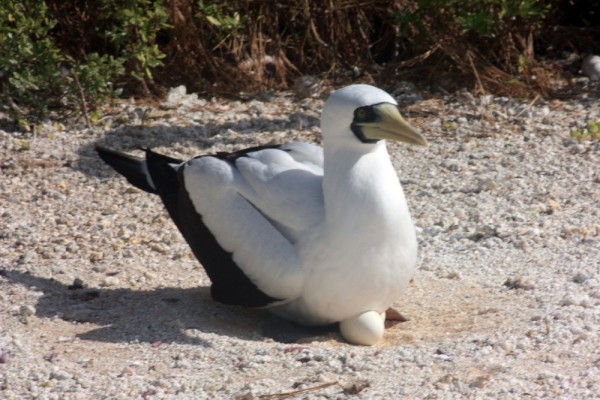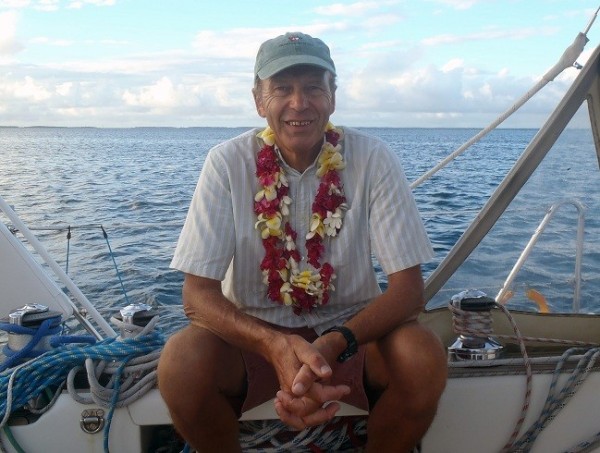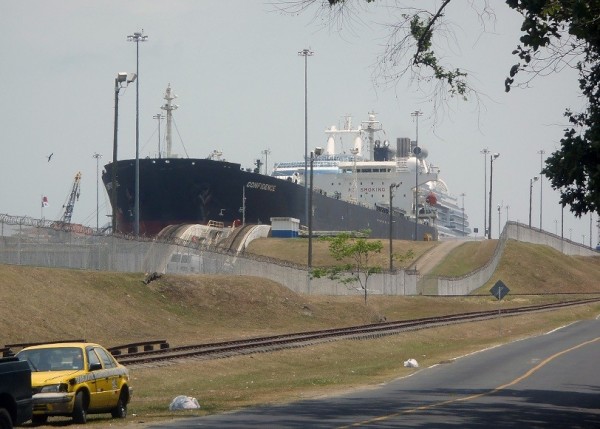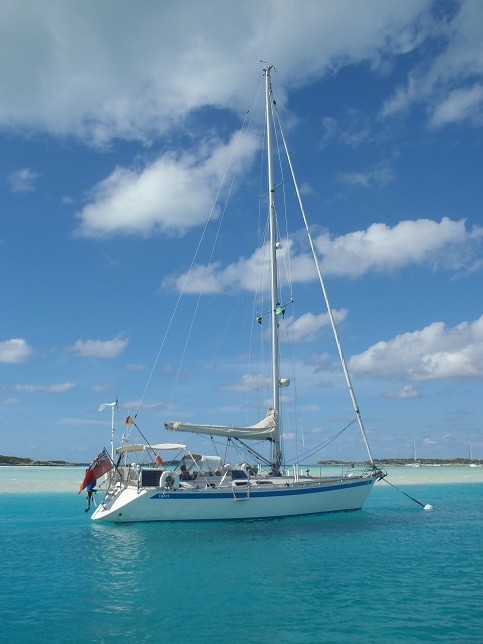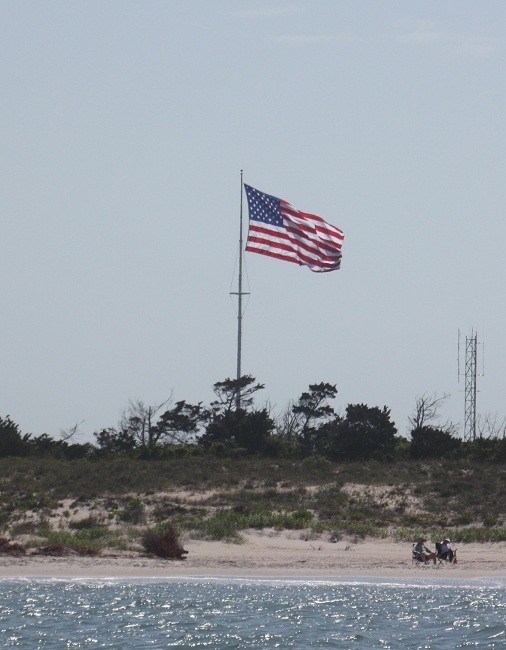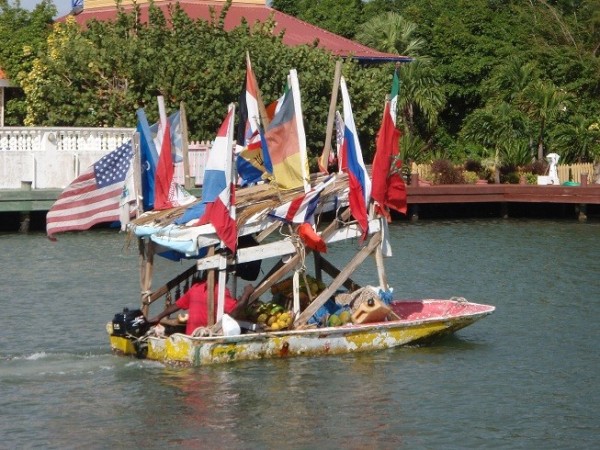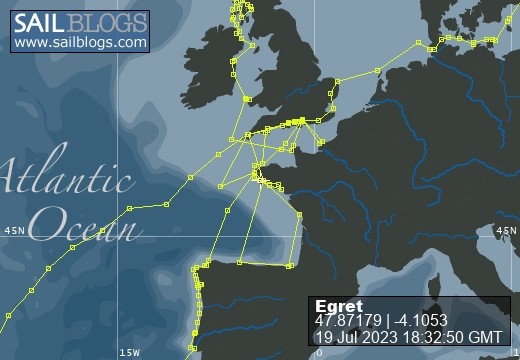
Egret
09 August 2022 | Picture: The Sunk Inner Light Vessel in the Thames Estuary
03 August 2022 | Egret at the Royal Norfolk and Suffolk Yacht Club, Lowestoft
23 July 2022 | Picture: One of the smaller locks at Holtenau
20 July 2022 | Picture: Patrick reminiscing with Juergen at Rostock
11 July 2022 | Picture: Egret at Stralsund, with the barque Gorch Fock beyond
04 July 2022 | Picture: Amanda on Bornholm
01 July 2022 | Picture: Kristianopol, with Egret at far right
26 June 2022 | Ernemar
19 September 2020 | Picture: Egret being lifted out at Ernemar, Sweden
08 September 2020 | Chart: our route from Mem into the Tjust Archipelago
01 September 2020 | Picture: the Carl Johans flight of seven locks
29 August 2020 | Picture: Egret (by G. Einefors)
27 August 2020 | Picture: Egret at Vadstena Castle
25 August 2020 | Picture: Norrkvarn Lock
23 August 2020 | Picture: Egret crossing Lake Vänern
19 August 2020 | Picture: Inside the lowest Trollhatte lock
17 August 2020 | Picture: The Gota Alv Bron in Gothenburg
16 August 2020 | Picture: the GKSS, Langedrag
13 August 2020 | Picture: Egret alongside (left) at Fisketangen
10 August 2019
130. Exploring St. Helena
10 April 2015
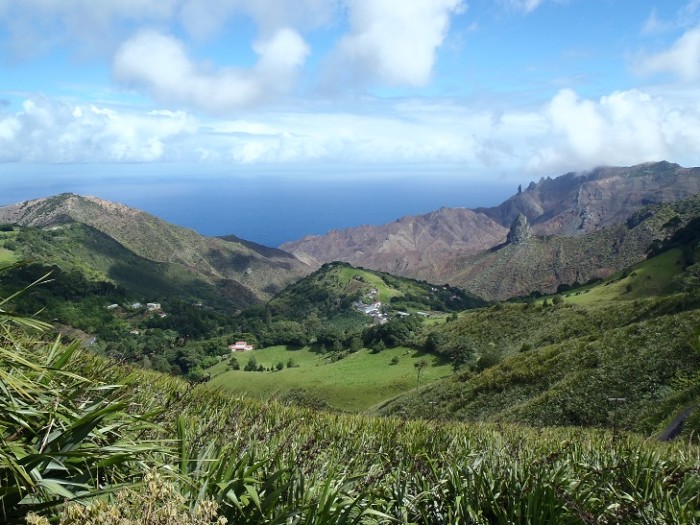
As we stepped ashore, Roberts Peters was standing beside his minibus looking out for us. A bit of a local character, he was to be our chauffeur and guide for the day. We drove out of town up the steep road chiselled into the eastern slope of the valley. Behind was a bird's-eye view of Jamestown and ahead a distant one of the Heart-Shaped Waterfall, named after the shape of the cliff over which it tumbles. Our first site of historic interest was Napoleon's tomb, where he was buried in 1821. We walked down a mown grass track to a beautiful glade where fairy terns flitted amongst the trees. The Emperor's body no longer lies there however, as it was exhumed and taken back to France with great ceremony on the twenty fifth anniversary of his arrival on St. Helena. Next came a tour of Longwood, the simple house that had been his final home and is now the property of France. It was used as a barn after his death, but has since been restored, decorated and furnished as Napoleon would have known it. The tricolour flies from a pole in the formal garden. We continued to the rather stark, volcanic landscape of the east side of the island where we could look across the construction site for the new airport. It has been designed and supervised by British consulting engineers Arup, and built by South African contractor Basil Read. It must have been a very costly undertaking as virtually all materials, plant and specialist labour have to be brought in by sea. They first had to build a dock in Rupert's Bay and an entirely new access road across the island to the site.
We turned back inland along narrow roads that curled around the sides of hills and valleys through a lush and green countryside. Grazing cattle and sheep graze contributed to the bucolic English landscape, brushed with a tropical relish. Native trees include ebony and gumwood, both of which have been endangered but are now being successfully re-propagated. Despite the nasty spikes protruding from the bark of thorn trees, cattle like to eat the leaves. Branches in and around the fields have been lopped by farmers to provide fodder, giving the trees a weird, stunted look. We skirted round Diana's Peak, at 823m the highest point of the island, and reached a spot overlooking the south coast towards Sandy Bay. The slopes around here are covered in New Zealand flax, left over from the commercial cultivation of this fibrous plant during the first half of the 20th century. In the distance, the landscape suddenly changes to a barren, volcanic scene known as the Gates of Chaos. Two basalt columns - ex molten magma cores - protrude: the one in the foreground known as Lot, and Lot's Wife beyond.
We continued across a ridge to Fairyland, where we could look down on fields where an encampment for Boer prisoners of war had been sited. There is a proposal to turn the area into a golf course with a hotel. We headed back, passing Plantation House, the elegant Georgian mansion with shuttered sash windows, built in 1792, that is still home to the Governor. St. Helena's oldest inhabitant lives in the grounds: Jonathan, a giant tortoise from the Seychelles. It arrived as a gift in 1882 and is believed to be about 180 years old, possibly the oldest reptile in the world. He has four younger companions. St. Mary's Cathedral is a little further on, no bigger than a parish church. The flowers in the graveyard are all plastic, as real ones are immediately eaten by rabbits. After passing through Half Tree Hollow, an estate of recently built homes, we arrived at the top of Jacob's Ladder. This is a continuous flight of 699 steps straight up the side of the valley from Jamestown. When first built in 1829 there had been a pair of tramlines either side, known as 'The Inclined Plane', which were used for hauling small goods trucks up and down. We descended to Jamestown by the road via a series of hairpin bends, rather relieved at the substantial stone wall between us and the giddy edge. Robert had proved to be a knowledgeable guide, and had also entertained us with stories of life on the island.
Jamestown is like a small market town anywhere in England before they were all cloned by chains of retailers. You emerge through an arch from the harbour into the wide, traffic filled High Street with a mix of solid looking buildings on either side, painted in pastel colours and arguably one of the best examples of unspoilt Georgian architecture anywhere. The Castle on the left was built in 1708 and still houses the government offices. The town is hemmed in by the steep slopes of the gorge, but it extends back a mile or so towards the head of the valley. The High Street divides into a couple of narrow roads, one between tightly packed stone cottages, the other leading past the school, through a council estate to the hospital. The shops are distinctly old-fashioned, with names such as the 'Emporium', the 'Star' and the 'Queen Elizabeth', the latter two being supermarkets that must once have been among the many ale houses which served visiting sailors. The market is a prefabricated cast iron building, shipped out to the island in 1865. The large Post Office has, over the years, been one of the island's biggest earners: St. Helena stamps have been sought after by philatelists for generations. There are a couple of guest houses and the Consulate Hotel, and the contract to redevelop a block of three buildings into another hotel had just been announced. St. James, the oldest Anglican church in the southern hemisphere, dates from 1772, but the tower is presently shrouded in scaffolding awaiting a new spire. Opposite this is the museum, which is well worth a visit. Exhibits include items such as Chinese porcelain salvaged from wrecks, ship models, Boer carvings in wood and bone, relics relating to famous visitors and displays on the ways of life at various times, such as lace making and flax production.
We went for a walk one day around the headland to the east of James Bay. A number of tracks traverse the cliffs, but most sections are in poor condition and others virtually impassable. They connect various parts of Munden's Battery, dating from 1673 and extended and modified up until the Second World War. The volcanic deposits here have beds of weak rock, so wire netting has been fixed to stop boulders falling onto the quay beneath. We picked our way to the top, where iron cannons and other military remains lay discarded on the ground. Nothing much grows on the parched upper levels apart from prickly pears. We could peer down into Rupert's Bay, at the mouth of a valley even narrower and steeper sided than Jamestown's. Most of the valley floor is in use as a handling yard for the airport works, and we could see the new service road zigzagging up the far side and disappearing behind a hill. We walked inland hoping to find another route back to Jamestown, but the ridge got so narrow with precipitous drops on either side that we retreated and went back the way we had come.
We had been introduced to Valerie, a resident who enjoys guiding people on walks. She and her late husband had had busy careers working for Solomon's, the island's multi-disciplined trading company - she as the fashion buyer, spending quite a bit of her time based in London. She kindly drove us, along with our US/Canadian friends Travis and Joanne, to South-West Point, on the far side of the island. We walked across a lovely rolling landscape with coastal vistas that rival those of Pembrokeshire. We were lucky to see a couple of wirebirds, a rare, endemic species of plover that nests on the ground. We relaxed in the long grass over a picnic lunch, and afterwards walked to the top of High Peak, a pretty little summit 800m above sea level with panoramic views. Valerie invited us back to her cottage in Jamestown for afternoon tea, a perfect end to a delightful day.
We turned back inland along narrow roads that curled around the sides of hills and valleys through a lush and green countryside. Grazing cattle and sheep graze contributed to the bucolic English landscape, brushed with a tropical relish. Native trees include ebony and gumwood, both of which have been endangered but are now being successfully re-propagated. Despite the nasty spikes protruding from the bark of thorn trees, cattle like to eat the leaves. Branches in and around the fields have been lopped by farmers to provide fodder, giving the trees a weird, stunted look. We skirted round Diana's Peak, at 823m the highest point of the island, and reached a spot overlooking the south coast towards Sandy Bay. The slopes around here are covered in New Zealand flax, left over from the commercial cultivation of this fibrous plant during the first half of the 20th century. In the distance, the landscape suddenly changes to a barren, volcanic scene known as the Gates of Chaos. Two basalt columns - ex molten magma cores - protrude: the one in the foreground known as Lot, and Lot's Wife beyond.
We continued across a ridge to Fairyland, where we could look down on fields where an encampment for Boer prisoners of war had been sited. There is a proposal to turn the area into a golf course with a hotel. We headed back, passing Plantation House, the elegant Georgian mansion with shuttered sash windows, built in 1792, that is still home to the Governor. St. Helena's oldest inhabitant lives in the grounds: Jonathan, a giant tortoise from the Seychelles. It arrived as a gift in 1882 and is believed to be about 180 years old, possibly the oldest reptile in the world. He has four younger companions. St. Mary's Cathedral is a little further on, no bigger than a parish church. The flowers in the graveyard are all plastic, as real ones are immediately eaten by rabbits. After passing through Half Tree Hollow, an estate of recently built homes, we arrived at the top of Jacob's Ladder. This is a continuous flight of 699 steps straight up the side of the valley from Jamestown. When first built in 1829 there had been a pair of tramlines either side, known as 'The Inclined Plane', which were used for hauling small goods trucks up and down. We descended to Jamestown by the road via a series of hairpin bends, rather relieved at the substantial stone wall between us and the giddy edge. Robert had proved to be a knowledgeable guide, and had also entertained us with stories of life on the island.
Jamestown is like a small market town anywhere in England before they were all cloned by chains of retailers. You emerge through an arch from the harbour into the wide, traffic filled High Street with a mix of solid looking buildings on either side, painted in pastel colours and arguably one of the best examples of unspoilt Georgian architecture anywhere. The Castle on the left was built in 1708 and still houses the government offices. The town is hemmed in by the steep slopes of the gorge, but it extends back a mile or so towards the head of the valley. The High Street divides into a couple of narrow roads, one between tightly packed stone cottages, the other leading past the school, through a council estate to the hospital. The shops are distinctly old-fashioned, with names such as the 'Emporium', the 'Star' and the 'Queen Elizabeth', the latter two being supermarkets that must once have been among the many ale houses which served visiting sailors. The market is a prefabricated cast iron building, shipped out to the island in 1865. The large Post Office has, over the years, been one of the island's biggest earners: St. Helena stamps have been sought after by philatelists for generations. There are a couple of guest houses and the Consulate Hotel, and the contract to redevelop a block of three buildings into another hotel had just been announced. St. James, the oldest Anglican church in the southern hemisphere, dates from 1772, but the tower is presently shrouded in scaffolding awaiting a new spire. Opposite this is the museum, which is well worth a visit. Exhibits include items such as Chinese porcelain salvaged from wrecks, ship models, Boer carvings in wood and bone, relics relating to famous visitors and displays on the ways of life at various times, such as lace making and flax production.
We went for a walk one day around the headland to the east of James Bay. A number of tracks traverse the cliffs, but most sections are in poor condition and others virtually impassable. They connect various parts of Munden's Battery, dating from 1673 and extended and modified up until the Second World War. The volcanic deposits here have beds of weak rock, so wire netting has been fixed to stop boulders falling onto the quay beneath. We picked our way to the top, where iron cannons and other military remains lay discarded on the ground. Nothing much grows on the parched upper levels apart from prickly pears. We could peer down into Rupert's Bay, at the mouth of a valley even narrower and steeper sided than Jamestown's. Most of the valley floor is in use as a handling yard for the airport works, and we could see the new service road zigzagging up the far side and disappearing behind a hill. We walked inland hoping to find another route back to Jamestown, but the ridge got so narrow with precipitous drops on either side that we retreated and went back the way we had come.
We had been introduced to Valerie, a resident who enjoys guiding people on walks. She and her late husband had had busy careers working for Solomon's, the island's multi-disciplined trading company - she as the fashion buyer, spending quite a bit of her time based in London. She kindly drove us, along with our US/Canadian friends Travis and Joanne, to South-West Point, on the far side of the island. We walked across a lovely rolling landscape with coastal vistas that rival those of Pembrokeshire. We were lucky to see a couple of wirebirds, a rare, endemic species of plover that nests on the ground. We relaxed in the long grass over a picnic lunch, and afterwards walked to the top of High Peak, a pretty little summit 800m above sea level with panoramic views. Valerie invited us back to her cottage in Jamestown for afternoon tea, a perfect end to a delightful day.
Comments
| Vessel Name: | Egret |
| Vessel Make/Model: | Sweden Yachts 390 |
| Hailing Port: | Chichester Harbour |
| Crew: | Patrick & Amanda Marshall |
Egret's Photos - Main
R.jpg) |
The Gota River, Trollhatte Canal, Lakes Vanern & Vattern and the Gota Canal
2 Photos | 9 Sub-Albums
Created 30 September 2020
|
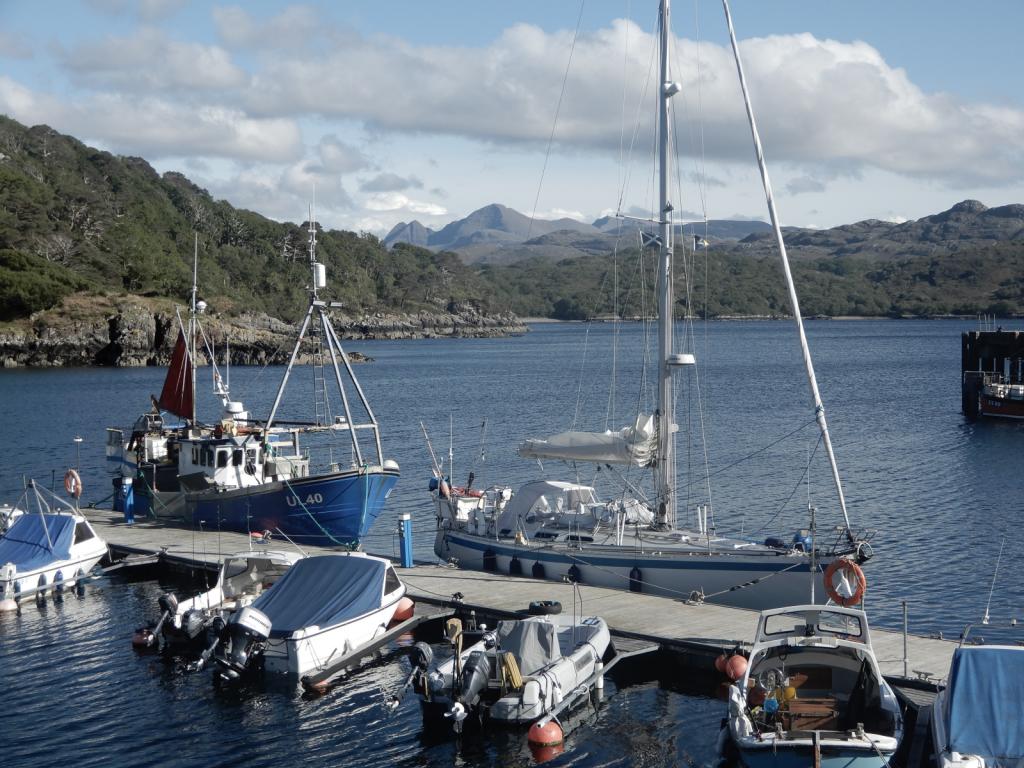 |
The Inner and Outer Hebrides, Orkney, Fair Isle, Shetland, Norway and Sweden's west coast.
1 Photo
Created 14 November 2019
|
|
Normandy, Scilly, Pembrokeshire, Ireland, Isle of Man, Northern Ireland, Inner Hebrides and the Crinan Canal.
1 Photo
Created 14 November 2018
|
Egret
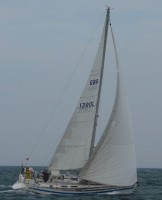
Who: Patrick & Amanda Marshall
Port: Chichester Harbour

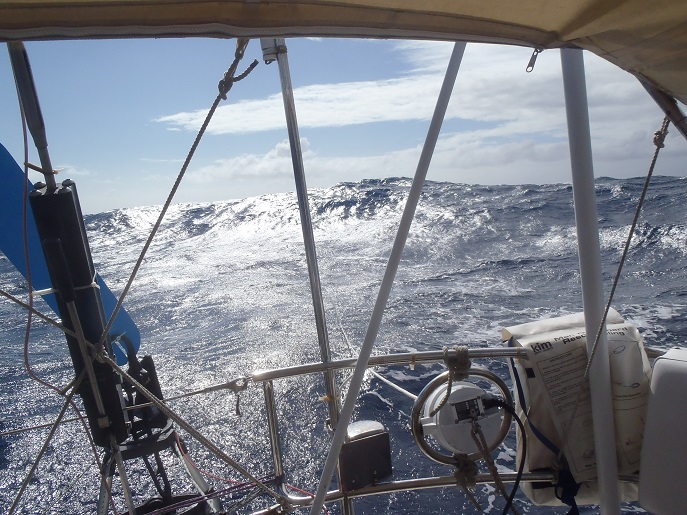
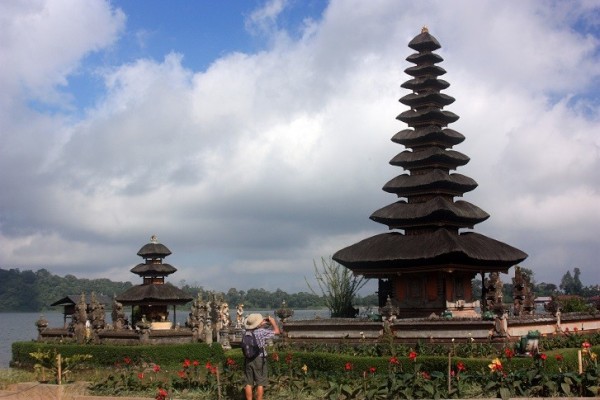
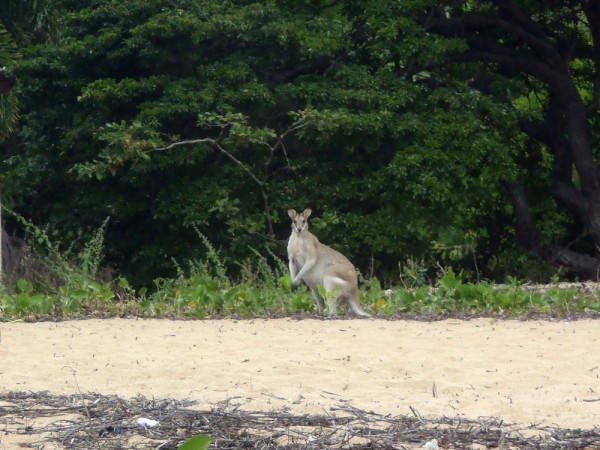
, Pentecost, Naghol (Land diving)a.jpg)
Amanda raising the Quarantine & New Zealand courtesy flagedit_edited-1 a.jpg)
